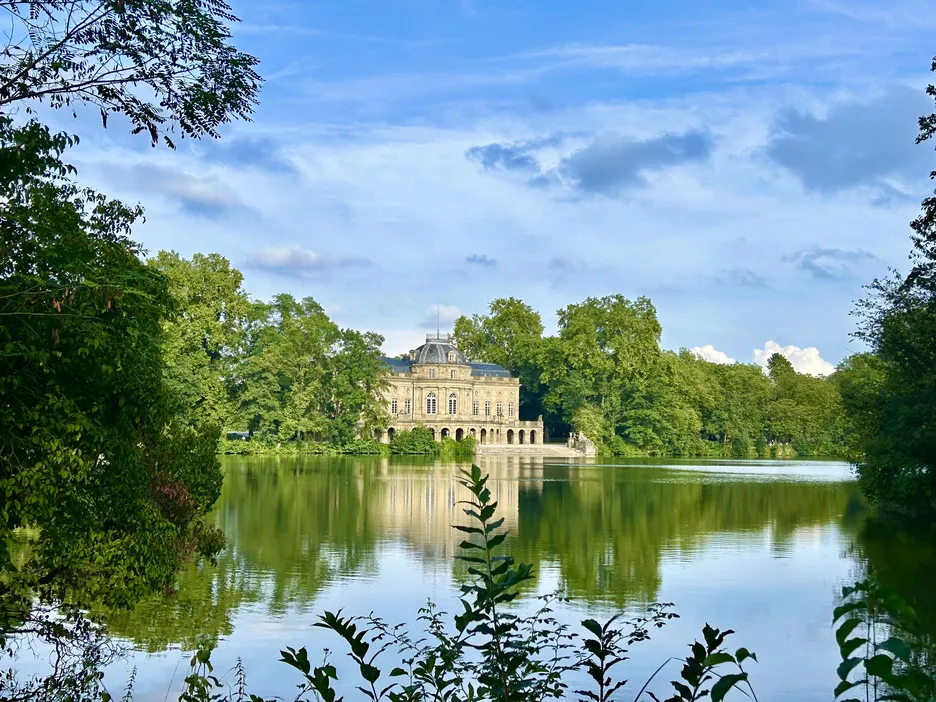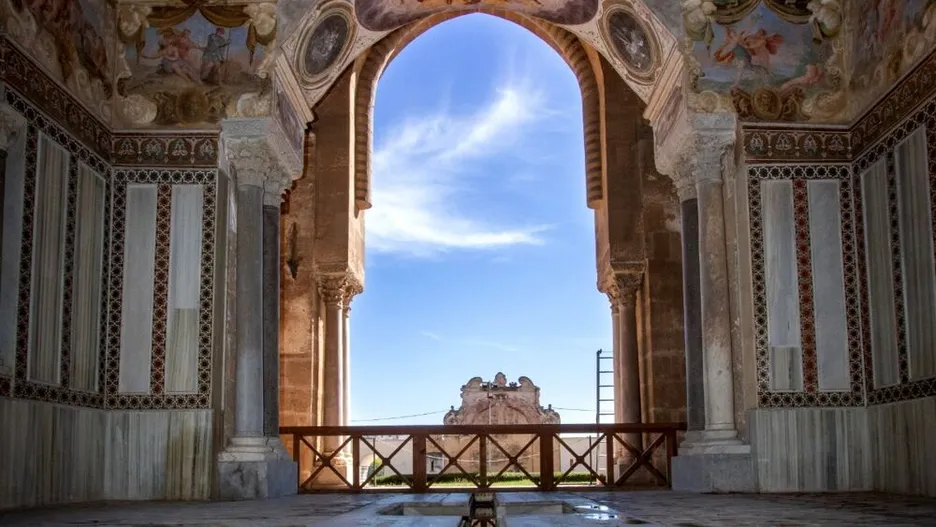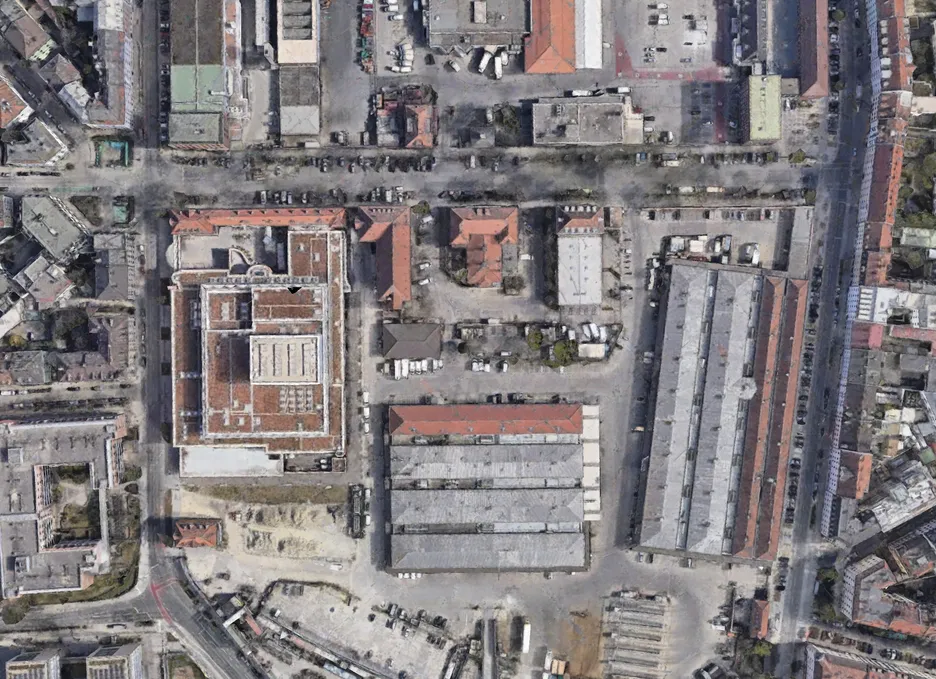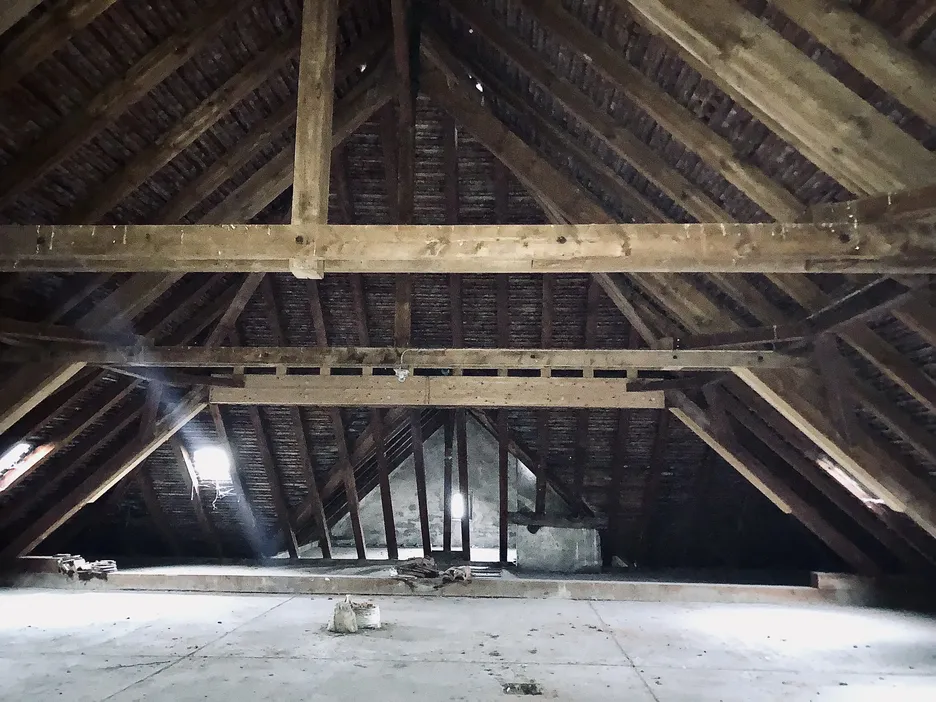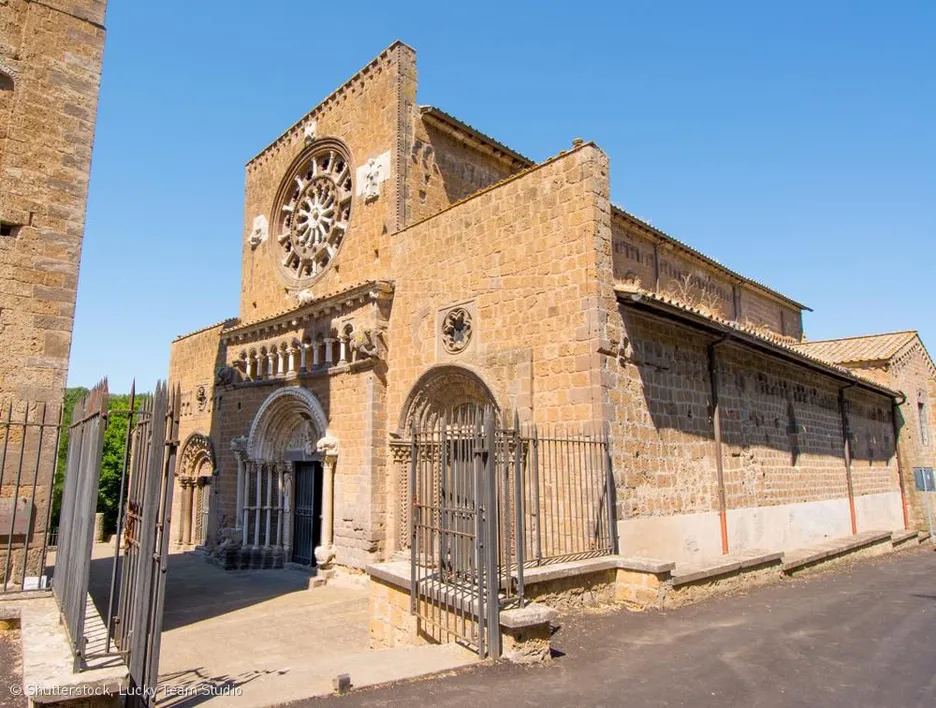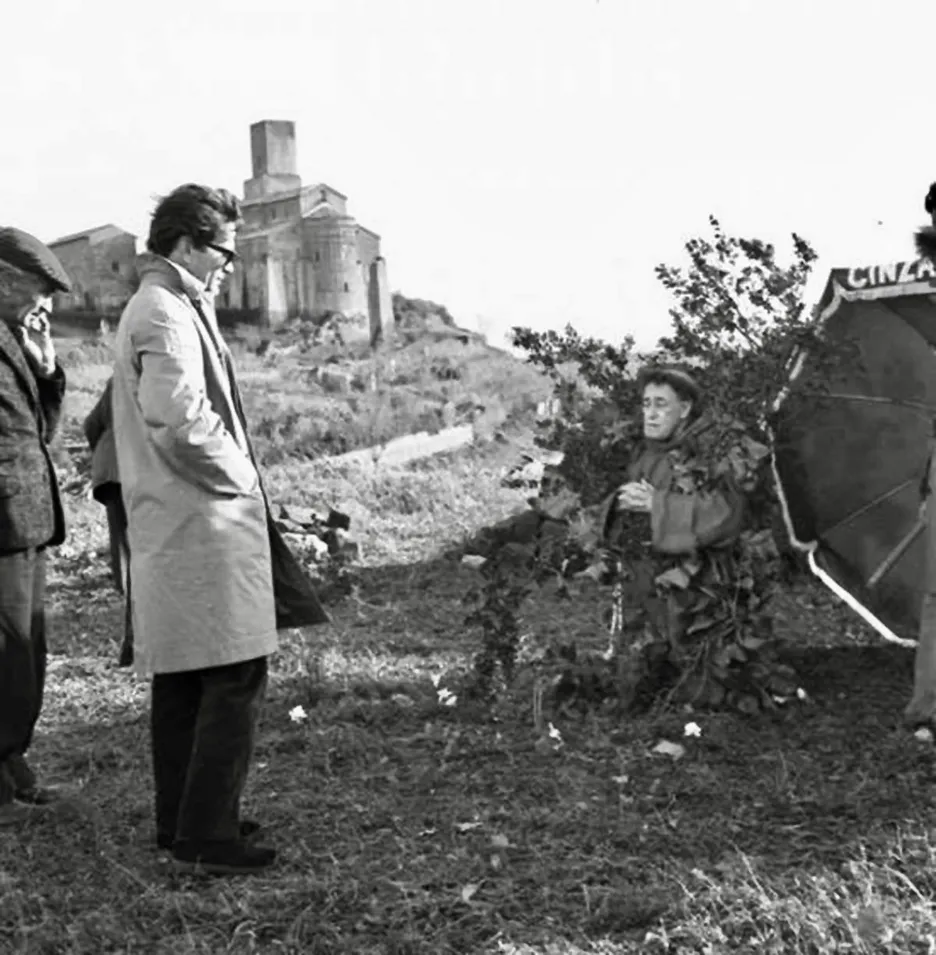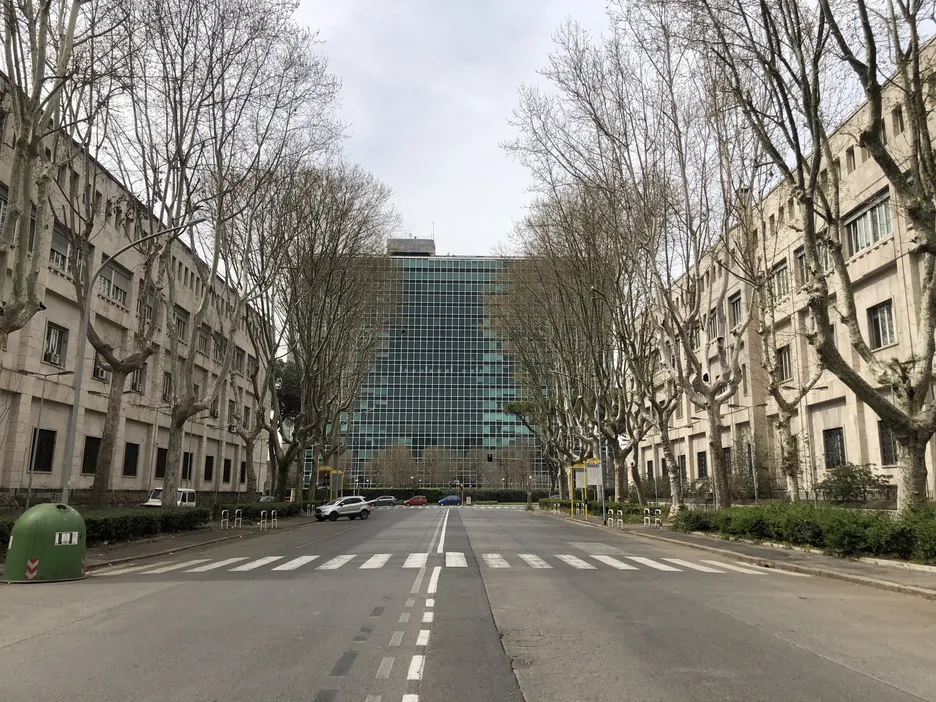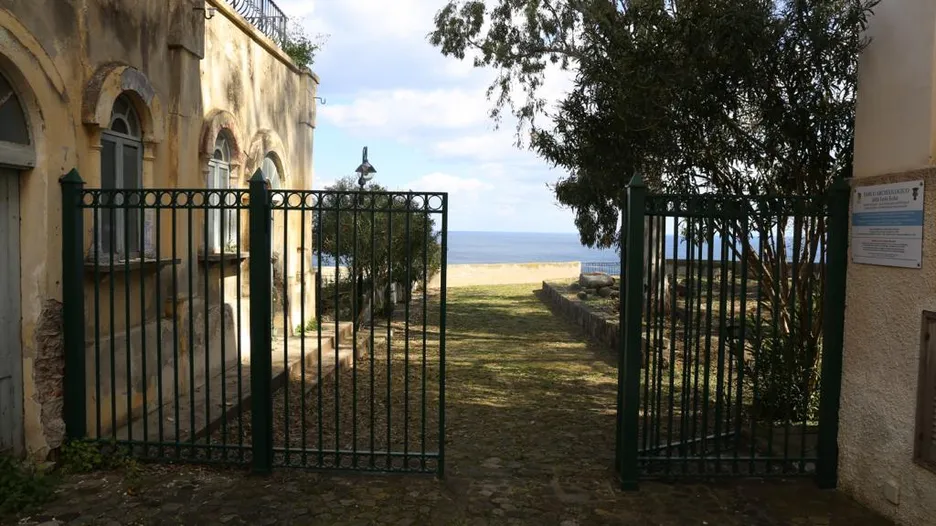The case of the Archeological Park of Campi Flegrei (Italy) - Terme di Baia | The Roman Baths of Baia
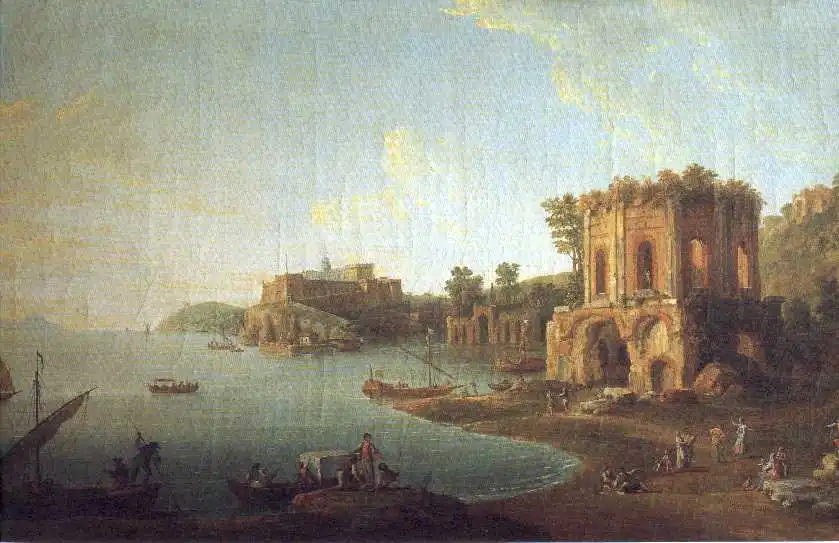
SS 2025
Abstract
| Lecturer | Roberta Fonti, Thomas Danzl Activities will be conducted in cooperation with Design Studio Candela of Avellino & Parco Archeologico Campi Flegrei |
| Type/ Credits | Project + Excursion / 8,52 SWS, 15 ECTS |
| Semester | SS 2025 |
| Language | English (learning materials in English, individual review meetings in English) |
| Dates | Kick off 23.04.2025, 13:30 - Room 0503.02.349 Every Wednesday 13:15 – 20:00 Excursion to Naples, 26-30.05 Final Presentation 30.07.2025 |
| Links |
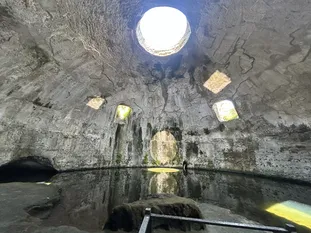
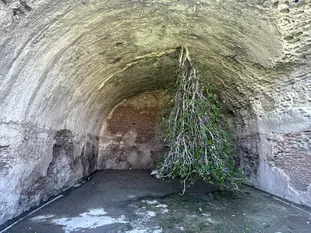

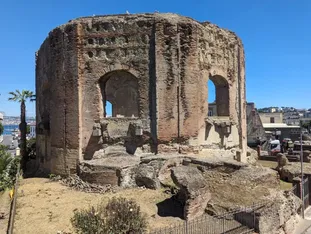
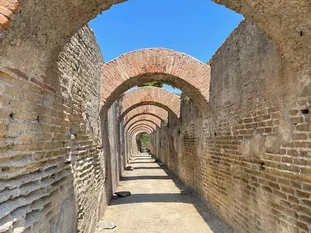
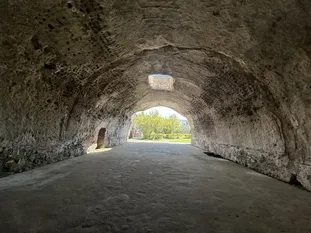
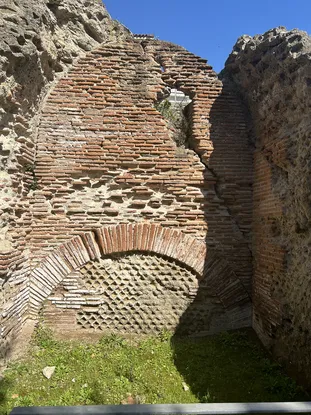
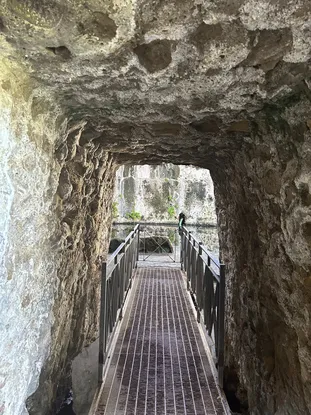
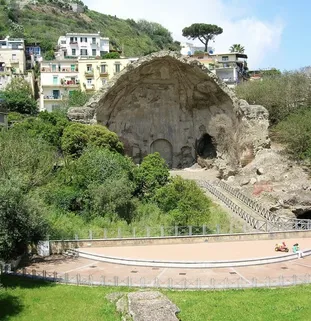
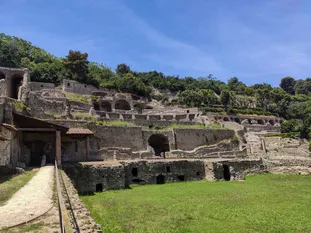
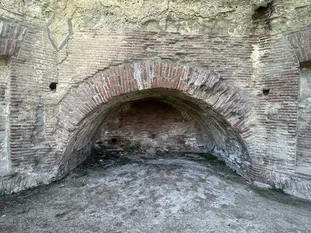
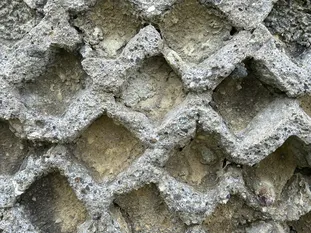
Further information / downloads
1. The use of the term architectural surface by conservator-restorers
2. Guidelines for the drawing from pictures
3. List of drawing materials and tips
4. Format for the drawing from pictures
5. Example for the drawing from pictures
6. Guidelines for mapping materials and degradation patterns
7. Example of orthophotos and degradation patterns
WS 2024 | 25
Abstract
| Lecturer | Thomas Danzl, Roberta Fonti Activities will be conducted in cooperation with PD Dr.-Ing. habil. Christian Kayser and his design office Kayser+Böttges | Barthel+Maus in Munich |
| Type/ Credits | Project + Excursion / 8,52 SWS, 15 ECTS |
| Semester | WS 2024 | 25 |
| Language | English (learning materials in German/English, individual review meetings in English) |
| Dates | Kick off 16.10.2024, 13:30 - Room 0503.02.349 Every Wednesday 13:15 – 20:00 Excursion to Ludwigsburg, 05-07.11 Final Presentation 26.02.2025 [NUS Students - 14.01.2025] |
| Links |
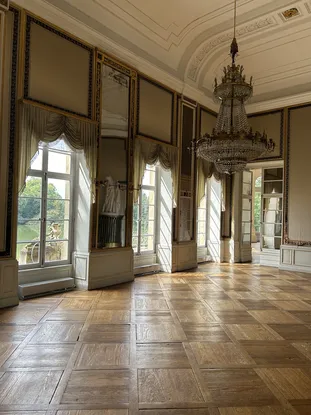
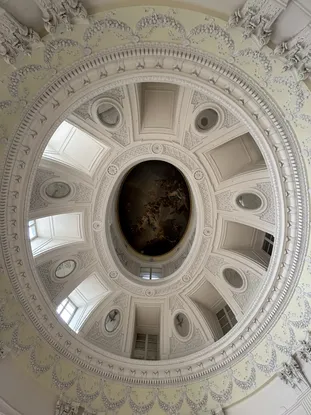
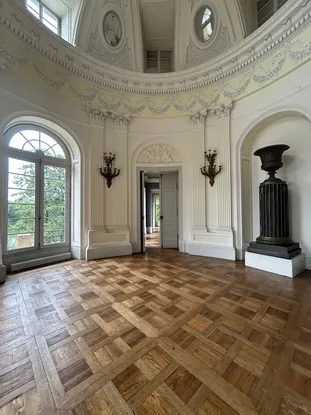
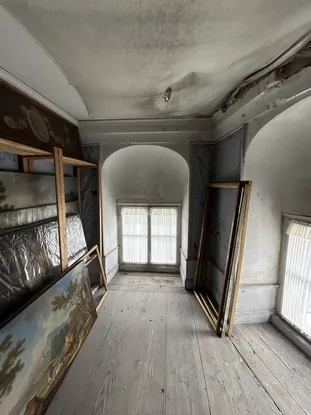
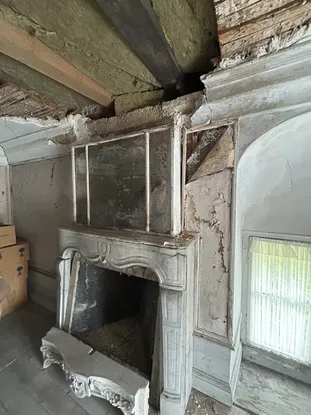
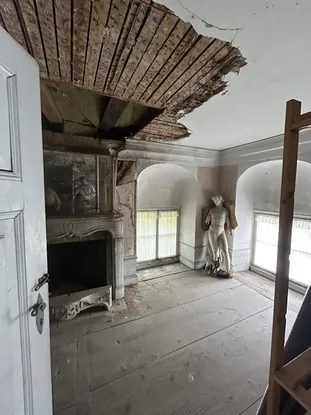
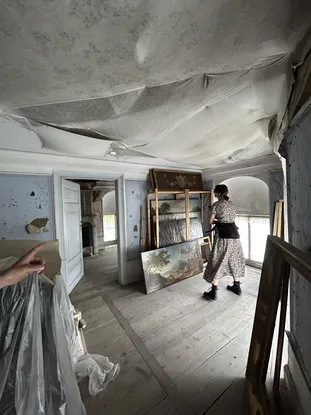
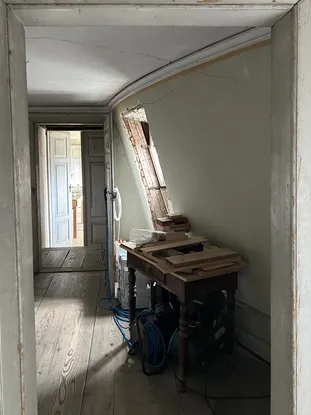
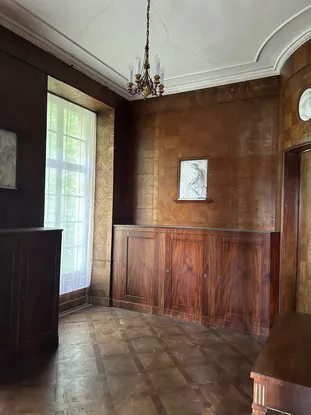
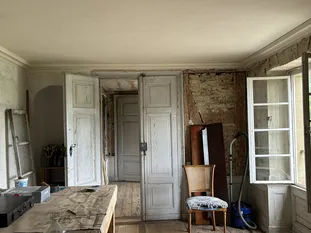
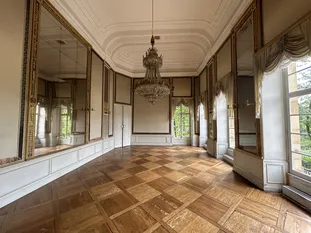
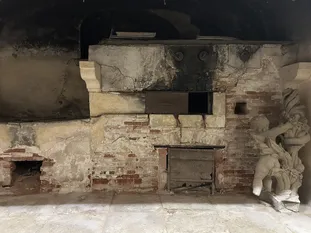
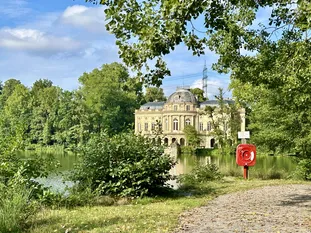
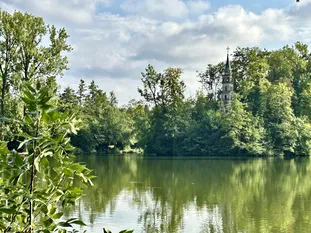
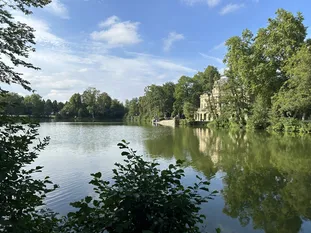
SS 2024
Abstract
| Lecturer | Thomas Danzl, Roberta Fonti |
| Type/ Credits | Project + Excursion / 8,52 SWS, 15 ECTS |
| Semester | SS 2024 |
| Language | English (learning materials in German/English, individual review meetings in English) |
| Dates | Kick off 17.04.2024, 13:30 - Room 0503.02.349 Every Wednesday 13:15 – 20:00 Excursion to Palermo, 07-10.05 Final Presentation 31.07.2024 |
| Links |
Further information / downloads
1. General presentation of the course and case study
2. The use of the term architectural surface by conservator-restorers
3. Guidelines for the drawing from pictures
4. List of drawing materials and tips
5. Format for the drawing from pictures
6. Example for the drawing from pictures
7. Guidelines for mapping materials and degradation patterns
8. Example of orthophotos and degradation patterns
WS 2023|24
Abstract
The MA Project "The Beauty of Architectural Surfaces. An introduction to historical and technical aspects" is aiming at providing students with basic knowledge of the different manufacturing processes especially for the execution of architectural surfaces from Ancient times to Modern Eras.
The different styles in plastering will be taught and their importance with respect to political and iconographic aspects will be stressed. Degradation patterns and restoration techniques especially for architectural surfaces will be illustrated.
Deterioration patterns due to erosion, discolorations and deposit will be highlighted focusing on differences between colors, staining and patina stressing the idea of natural Patina as a value as well as the concept of patination in restoration.
Classes are designed in a dual form of frontal lectures and review meetings, spinning around the following applicative case study: the historic Munich slaughterhouse, along with its historic surrounding area.
(Step 1) The different manufacturing techniques of architectural surfaces starting from natural stoneworks to historic rendering techniques will be taught. Students will be asked to reproduce different types of surfaces in their ornamental compositions and aesthetic features by pencil drawing (design from models).
(Step 2) Further, upon successful completion of this module, students will be able to evaluate the state of conservation of historical architectural surfaces, along with their specific deterioration pathologies. This goes with a basic understanding of interventions needed to preserve surfaces while envisioning architectural choices based on awareness.
(Step 3) Here, student will be asked to provide their “own ideas” for the repurposing of the “Viehmarkt Bank” at the historic Munich slaughterhouse, along with its architectural surfaces and surronding areas.
| Lecturer | Thomas Danzl, Roberta Fonti |
| Type/ Credits | Project + Excursion / 8,52 SWS, 15 ECTS |
| Semester | WS 2023-24 |
| Language | English (learning materials in German/English, individual review meetings in English) |
| Dates | Kick off 18.10.2023, 13:30 - Room 0503.02.349 Every Wednesday 13:15 – 20:00 Excursion to Naples, 07-10.11 Final Presentation 06.03.2024 |
| Links |
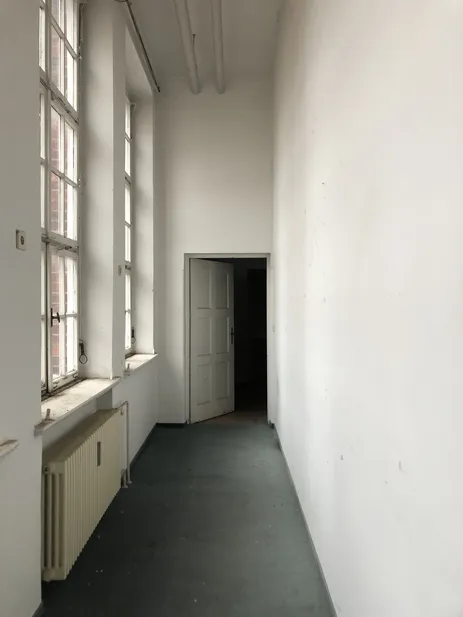
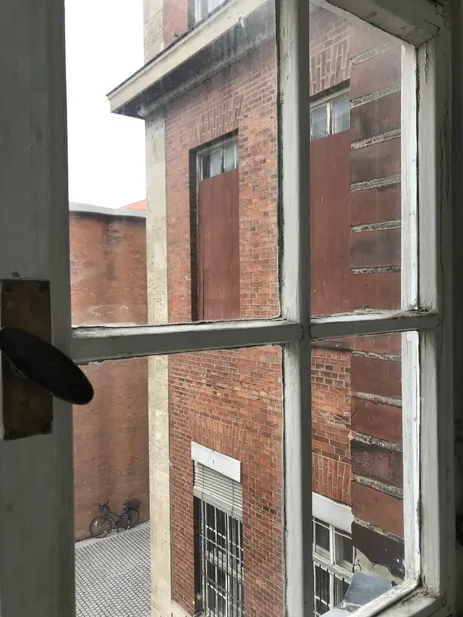
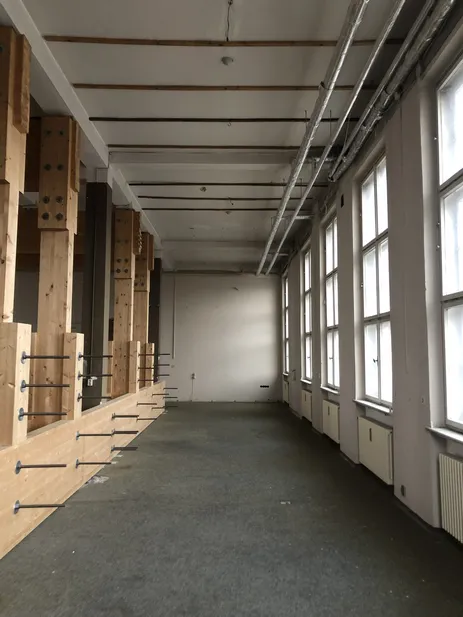
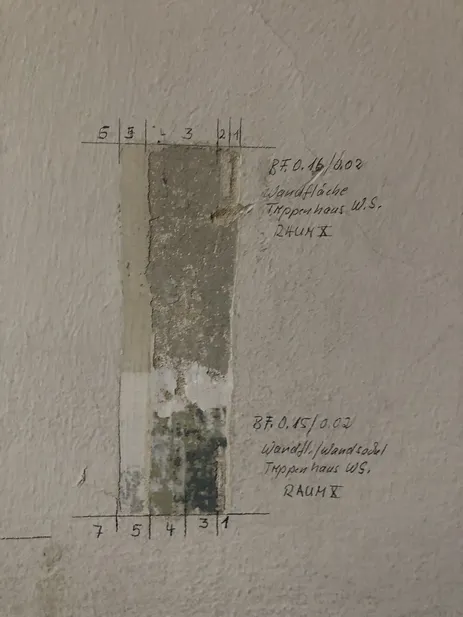
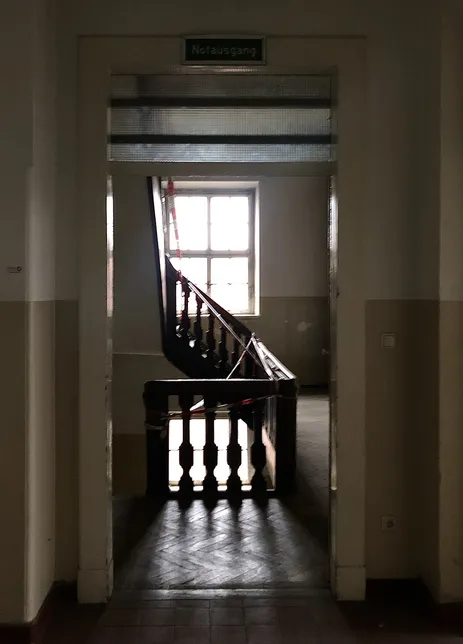
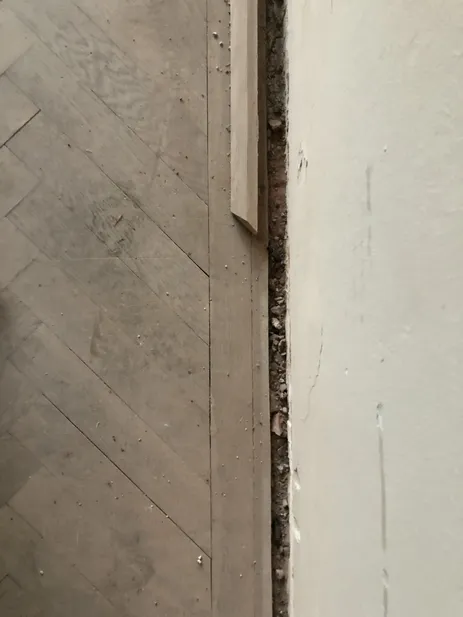
Further information / downloads
1. General presentation of the course and case study
2. The use of the term architectural surface by conservator-restorers
3. Guidelines for the drawing from pictures
4. List of drawing materials and tips
5. Format for the drawing from pictures
6. Example for the drawing from pictures
7. Guidelines for mapping materials and degradation patterns
8. Example of orthophotos and degradation patterns
SS 2023
Abstract
The MA Project "The Beauty of Architectural Surfaces. An introduction to historical and technical aspects" is aiming at providing students with basic knowledge of the different manufacturing processes especially for the execution of architectural surfaces from Ancient times to Modern Eras.
The different styles in plastering will be taught and their importance with respect to political and iconographic aspects will be stressed. Degradation patterns and restoration techniques especially for architectural surfaces will be illustrated.
Deterioration patterns due to erosion, discolorations and deposit will be highlighted focusing on differences between colors, staining and patina stressing the idea of natural Patina as a value as well as the concept of patination in restoration.
Classes are designed in a dual form of frontal lectures and review meetings, spinning around the following applicative case study: the “ Romanesque Church of Santa Maria Maggiore in Tuscania, Viterbo (Italy).
(Step 1) The different manufacturing techniques of architectural surfaces starting from natural stoneworks to outstanding wall paintings will be taught. Students will be asked to reproduce different types of surfaces in their ornamental compositions and aesthetic features by pencil drawing (design from models).
(Step 2) Further, upon successful completion of this module, students will be able to evaluate the state of conservation of historical architectural surfaces, along with their specific deterioration pathologies. This goes with a basic understanding of interventions needed to preserve surfaces while envisioning choices for solutions based on awareness. Particular, the reworking and manipulation of historical surfaces dated back to the 20th and 21st century will be illustrated concentrating on the following conservation and restoration works: post-WWII and post-1970s Earthquakes.
(Step 3) the topic of “Chiese Chiuse” – Churches with closed doors has been chosen as an overall topic to deal with. Then, the subject of heritage buildings charged with iconic, social or political meaning and in a state of neglect will be deeply debated. The example of the “the Romanesque Church of Santa Maria Maggiore in Tuscania will be used as an outstanding illustrative case study.
A great deal of attention will be paid to the practical implications on architecture of the Counterreformation of the Catholic Church, during Renaissance, and its reflection on Baroque Architecture (Council of Trent, 1545-1563) as well as the effects of the more recent Second Ecumenical Council of the Vatican (1962-65) on Religious Heritage.
Then, the issue of a misinterpretation of historic findings with respect to ritual redevelopment will also be illustrated by means of case studies, all the while understanding churches as a fragmented heritage in constant evolution.
Looking at churches as fragments of history in progress meaning to reconcile their historical recreations with new uses and the ritual needs of liturgical churches as well as their modern significance as objects of knowledge.
Then, a study of possible repurposing strategies so to open the church to a larger public will be conducted. The challenge of repurposing churches so to meet the contemporary needs of societies will be deeply debated and explored beyond its use as a turistic attraction and a museum piece.
| Lecturer | Thomas Danzl, Roberta Fonti |
| Type/ Credits | Project + Excursion / 8,52 SWS, 15 ECTS |
| Semester | SS 2023 |
| Language | English (learning materials in German/English, individual review meetings in English) |
| Dates | Kick off 19.04.2023, 13:30 - Room 0503.02.349 Every Wednesday 13:15 – 20:00 Excursion to Tuscania, 25-27.05 Final Presentation 09.08.2023 |
| Links | TUMonline Moodle |
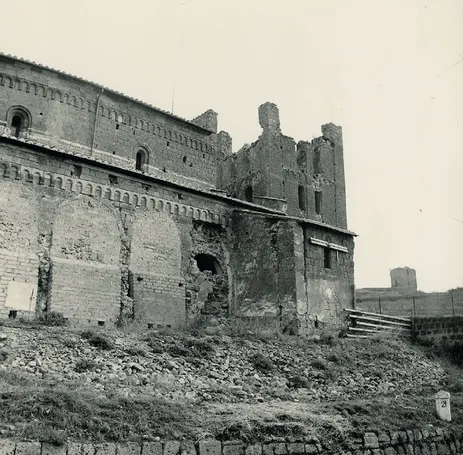
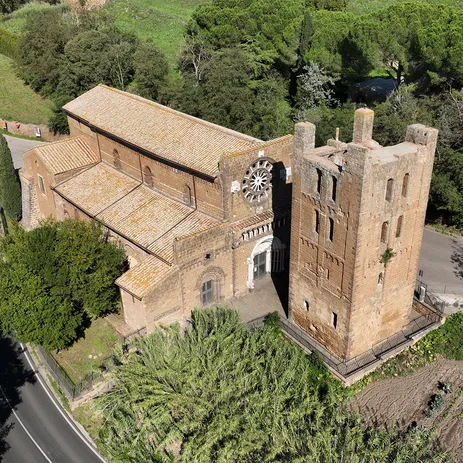
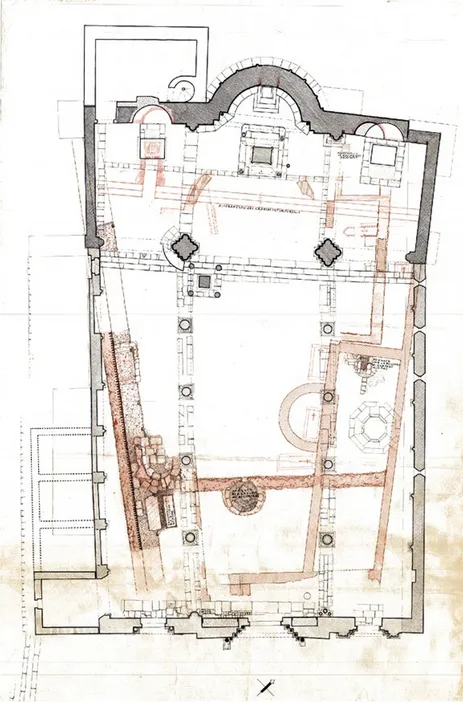
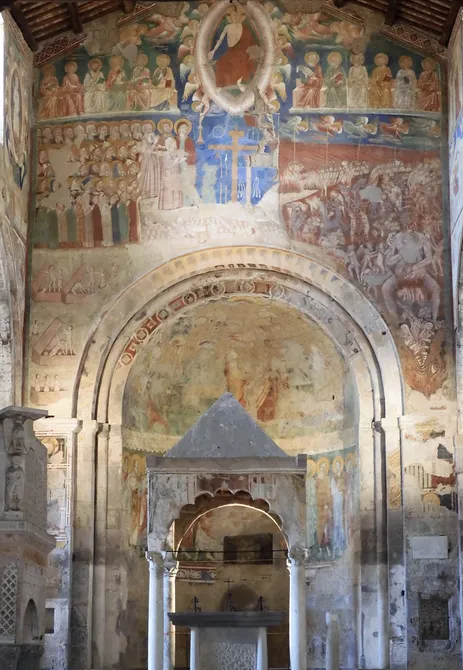
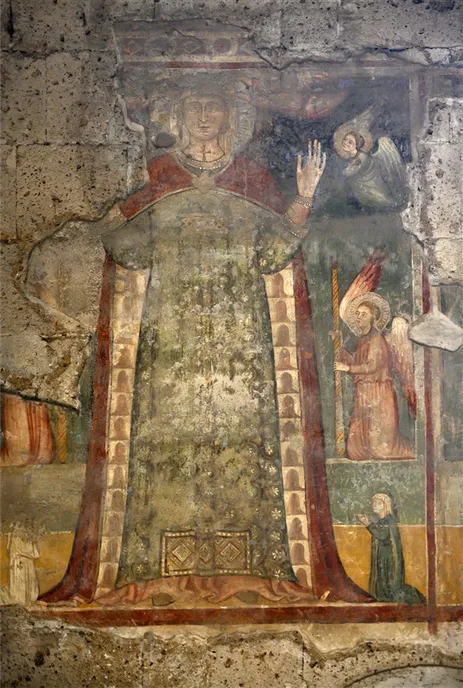
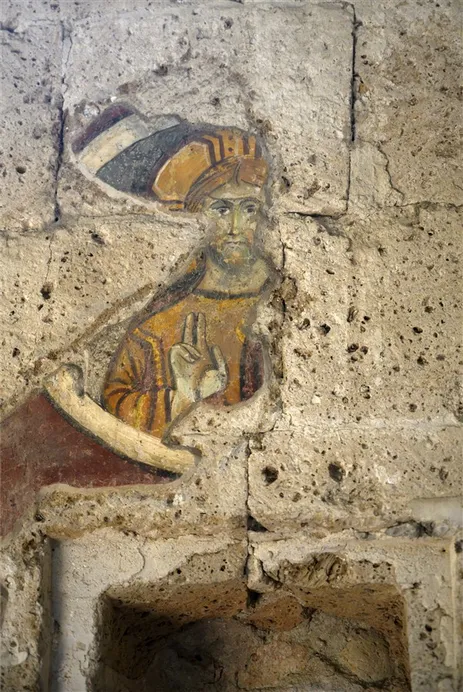
The case of the "Palazzo Mostra della Agricoltura e Bonifica" by Arch. Giuseppe Samoná at E.U.R. District in Rome
| Guest critic | Prof. Arch. Paolo Carlotti, , University of Rome, La Sapienza Arch. Francesco Innamorati, E.U.R. Spa. |
| Download | General presentation of the course and case study |
| Links | TUMonline Moodle |
- "Dear Exile
- As if they were blue they rise tonight
- from the sea at the bottom of the horizon.
- Lying on the tepid
- black sand I listen to the fishermen
- talking softly about the new spring moon,
- and drawing happy auspices from the colour of the air.
- The green lunar dawn
- invades me, and in my heart every regret drowns.
- Lightly the wave quivers beside me
- and speaks sweetly in my ear.
- Exile is dear to me now,
- these high cliffs and yellow
- banks of sulphur and brooms are dear to me now: and only
- this deserted sea
- sometimes hears me murmur words
- where no tears tremble, but a secret
- happy laughter that pains my heart."
Curzio Malaparte, Lipari, April the 28th 1934
Guest critic
| Arch. Rosario Villardi, MiBAC |
| Links |
|
The case of the "Palazzo Ristorante" by Arch. Ettore Rossi at E.U.R. District in Rome
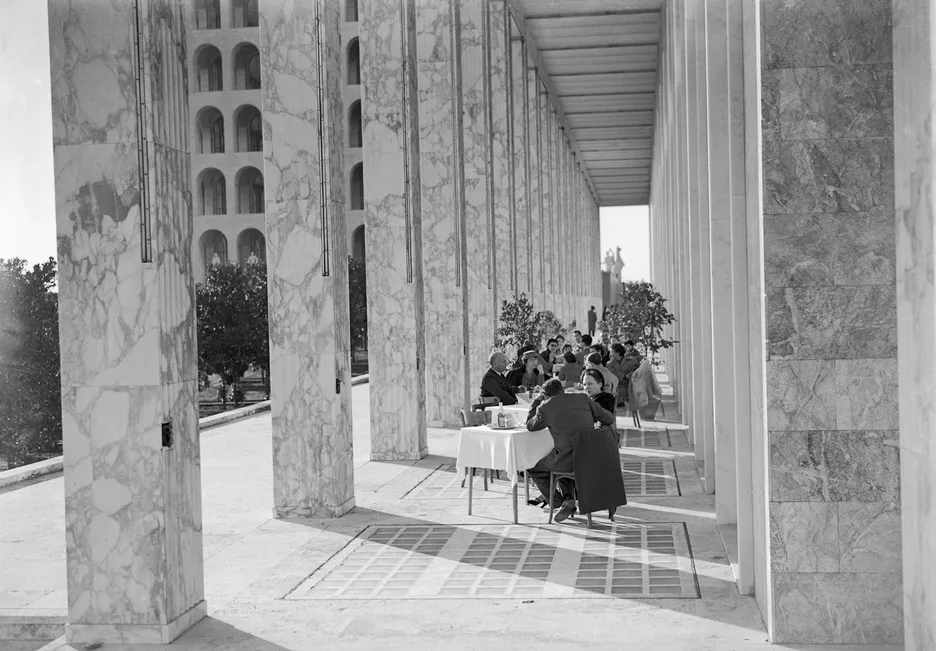
| Guest critic | Prof. Arch. Giovanni Carbonara, Emeritus, University of Rome, La Sapienza Prof. Arch. Elisabetta Pallottino, University of Rome, RomaTre Prof. Arch. Paola Porretta, University of Rome, RomaTre Arch. Francesco Innamorati, E.U.R. Spa. |
| Download | General presentation of the course and case study |
| Links | TUMonline Moodle |
The case of the UNESCO-World Heritage Site of Cathedral of Saint George the Martyr in Ferrara

“Its rosy marble façade, which has elements of both the Romanesque and Gothic styles, is unusual, for although the plan of the building is that of a typical basilican church with a high central nave flanked by lower side aisles, the façade doesn’t acknowledge this."
Charles M.Rosenberg, 1999
| Guest critic | Prof. Arch. Elisabetta Pallottino, University of Rome, RomaTre |
| Download | General presentation of the course and case study |
| Links | TUMonline Moodle |
Case study: EUR District (E42), Palazzo dei Congressi e dei Ricevimenti (Rome)
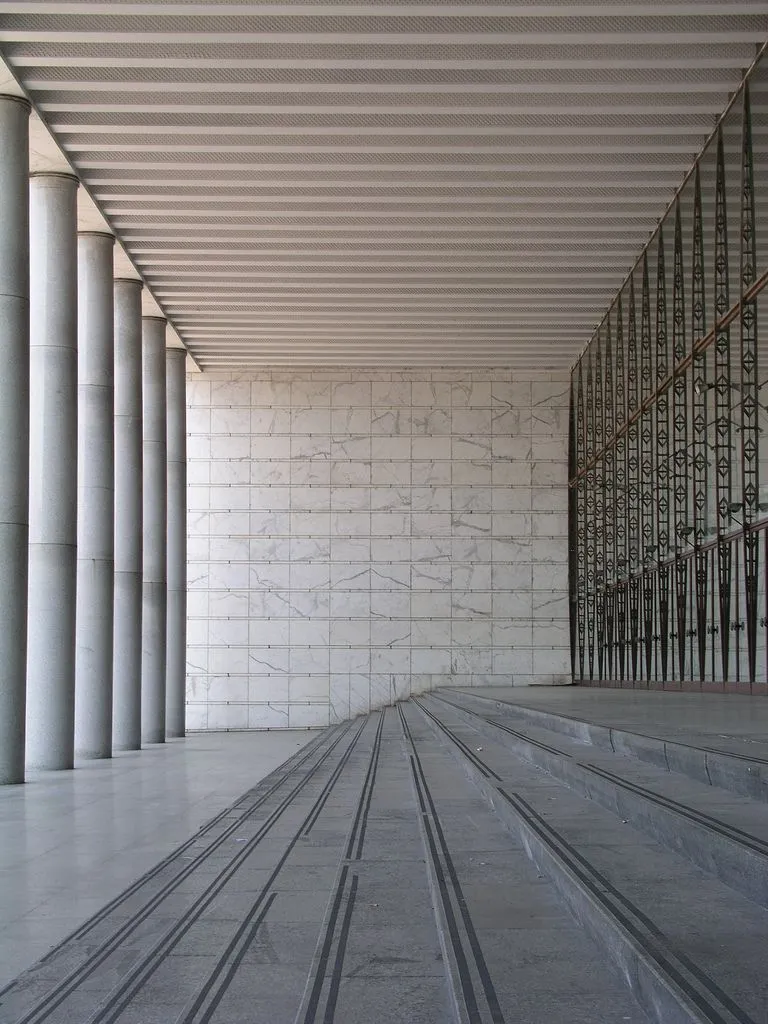
“[...] the EUR, where you can still look at the cemetery of our defeats, where everyone lost as he could. After winning a national tender, if there were no columns, none of our projects would be accepted. And they were telling us: << if you don't design by using columns, the building will not be constructed >>. [...] I struggled so hard for Palazzo dei Ricevimenti. I had to carry out five projects, always trying to save what I could save. And I ended up accepting a row of columns at the main façade, on the one hand, without capitals, on the other hand, with an enormous space behind them. These are not decorative columns, because they carry an enormous weight. [...] I tried to do all that I could to save what could be saved. However, it is human to surrender at some point, each time, with an assonance or a tinge. Of course, we suffered from a political influence, and we wanted but we did not know how to overcome something that was repugnant inside us."
A. Libera, La mia esperienza di architetto in La Casa, 6 june, 1959, p.171-175
| Guest critic | Prof. Arch. Elisabetta Pallottino, University of Rome, RomaTre Prof. Arch. Paola Porretta, University of Rome, RomaTre Prof. Arch. Giovanni Carbonara, Emeritus, University of Rome, La Sapienza Arch. Francesco Innamorati, E.U.R. Spa. |
| Download | General presentation of the case study |
| Links | TUMonline Moodle |
Case study: The Franciscan Monastery of Zoccolanti in Torre del Greco, Italy

| Guest critic | Arch. Luca Zevi |
| Download | General presentation of the case study |
| Links | TUMonline moodle |
